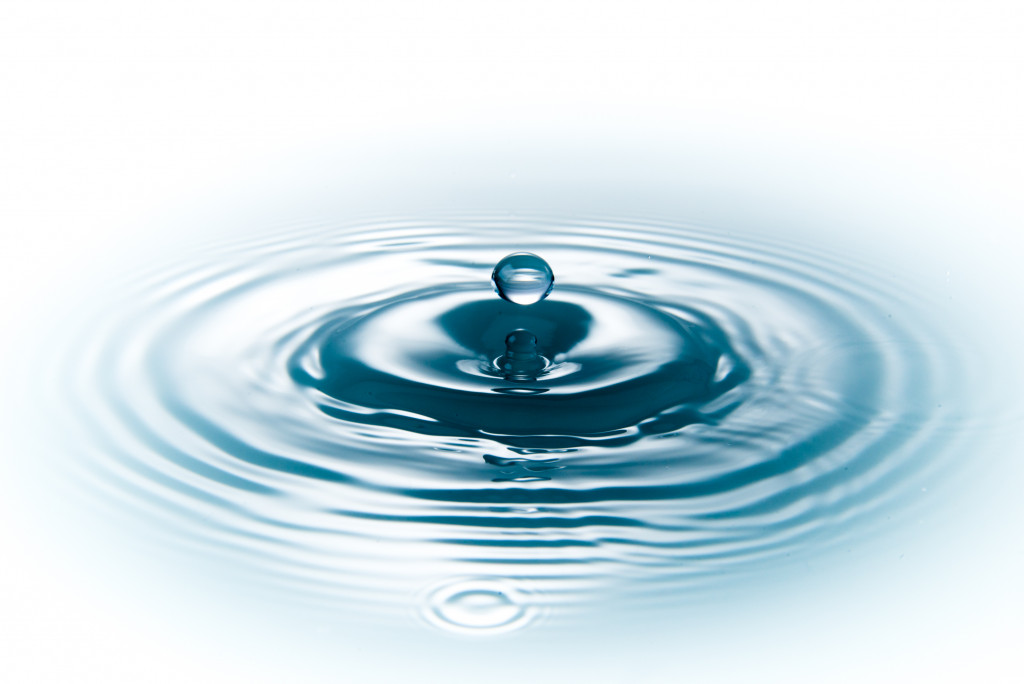With global climate change, many people think the main threat is warming, and that’s easily dismissed. After all, it’s not a problem for everyone. If you live somewhere that’s already hot, maybe living conditions could become unbearable over the next several years. For most of us, though, the response is to crank up the AC an extra degree or two and carry on.
However, climate change is about the water cycle at heart. It affects the rate of evaporation from bodies of water, the frequency and intensity of precipitation events, the runoff and flow from surfaces and streams, and the melting of snowpacks. Disrupt that cycle, and you end up with water stress.
Water is one of our basic survival needs, but it’s also an element that profoundly influences our lives. While people in most areas can probably trust local infrastructure to continue delivering a safe drinking supply, water stress can still wreak havoc on our homes and living patterns.
Dealing with water fluctuations
In general, climate change enforces and enhances prevailing conditions. Hot and dry climates become hotter and drier, with shorter rainy seasons and vice versa.
Our homes give us comfortably controlled indoor environments, allowing us to escape those conditions for the bulk of the day. But there are some ways in which the effects of water fluctuations can’t be so easily ignored.
Local water hardness, for instance, can increase with drought as minerals stay in the ground. This is bad news for your plumbing, as it increases the formation of scales and blockage of pipes unless you have a water softener installed.
With heavy precipitation, on the other hand, your home needs to be prepared for the stress of excess water. This calls for more frequent monitoring for leaks or the use of higher-quality materials for sealing. Landscaping may also need to be overhauled to deal with a higher volume of runoff through increased planting of vegetation and trees or the use of permeable pavement.
Preparing for extremes

Climate change also tends to exacerbate the severity and potential destructiveness of weather events. According to real estate experts, home sellers and buyers aren’t changing their actions yet because of climate change. But they advise carefully considering long-term risks when deciding on where to live.
Properties along shorelines may experience the most drastic effects. Coastal areas are prone to rising sea levels over the years. With hurricane seasons lasting longer and featuring more intense storms, the threat of floods and property damage needs to be weighed against the idyllic location and lifestyle attractions.
Homes located near lakes and rivers can also be disproportionately affected by water stress. If snowmelt gets depleted, increased evaporation can cause lakes to dry up, largely negating lifestyle perks such as boating or fishing. On the other hand, heavy rains can cause lakes and rivers to overflow.
If you’d like to learn more about your current location or a destination where you intend to move, check the resilience strategy of the local government’s climate action plan. A Google search for the location’s climate vulnerability assessment can also forewarn you of dangers.
On the property level, you can have a professional assess the home’s resilience against floods and storms. They may recommend renovations to improve durability or changes such as building on higher ground or increasing elevation. Getting extra homeowner’s insurance can also help soften the blow of any natural disaster.
Awareness of physical stress
Water stress can also have a powerful effect on our health in relation to physical activities. For safety, athletes and manual laborers are cautioned to exert themselves in consideration of the prevailing conditions, as measured by something known as ‘wet bulb globe temperature (WBGT).’
WBGT is a compound measurement of temperature, humidity, and solar radiation. Temperature alone can’t predict the dangers of physical exertion in an environment. If it’s humid, we can easily start feeling ill, even at moderately warm temperatures. This is particularly true of people who aren’t physically fit, suffer from existing conditions or are elderly.
With increased water stress, our margin for error with physical activity diminishes. If your home doesn’t already feature some way to measure humidity, now’s the time to start tracking that along with the temperature. Better ventilation methods can also help to keep moisture from building up in the areas people occupy. And structural shade, such as trees or awnings, allows you to use outdoor areas without worrying about solar radiation.
The effects of climate change extend far beyond what can be measured with a thermometer. And how it impacts the water cycle where you live can have an outsize impact on your lifestyle, home building, and maintenance choices. Prepare to deal with water stress as these changes become a reality.



